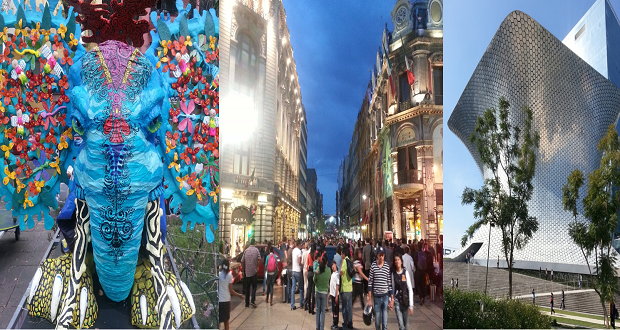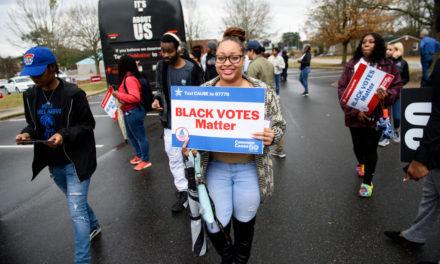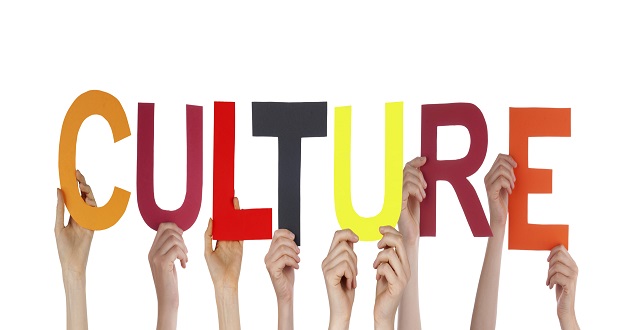
I have said many times in recent years that travel has been my greatest teacher. And I’m not alone. Mark Twain, who was also adamant about the human benefits of travel, expressed his views loudly with quotes like, “Travel is fatal to prejudice, bigotry, and narrow-mindedness, and many of our people need it sorely on these accounts. Broad, wholesome, charitable views of men and things cannot be acquired by vegetating in one little corner of the earth all one’s lifetime.”
I’m also aware that the ability to travel, especially with a US passport and the means to do so, is a rare privilege that should be cherished and used responsibly. If you are fortunate enough to have traveled, either domestically or internationally, you’re aware of travel’s ability to transform your perceptions of people who are different. But what about the equally important ways that traveling transforms our perceptions of places?
Our biases and stereotypes about people are formed from underexposure, misrepresentations in the media, and unchallenged assumptions. And the process is no different with our biases of places. I’m writing from Mexico City and have been here for almost three months. Almost daily I post a new picture of a beautifully sunny tree lined block, an interesting public art exhibit, colorfully decorated street food, or various scenes from a very lively nightlife (the photos above are few that I’ve taken). The photos are always received with Instagram “likes”, twitter retweets, but they have also been met with an overwhelming amount of surprise that all of “this is in…Mexico?”
The looks of shock when I told family and friends I was moving to Mexico City, as opposed to a more popular beach destination, are not surprising when you consider the picture of Mexico that most Americans see in the media. Unfortunately, stories and images of the Cartel, border wars, and poverty have overshadowed the rich and dynamic culture of Mexico. But even more shocking is the stark contrast between reality and perception. Fortunately, things are beginning to change.
Just last month, The New York Times ran an article about Mexico that, at least in the traveling community, sent ripples across the Internet. A central quote of the article said “Americans now make up more than three-quarters of Mexico’s roughly one million documented foreigners, up from around two-thirds in 2000, leading to a historic milestone: more Americans have been added to the population of Mexico over the past few years than Mexicans have been added to the population of the United States, according to government data in both nations.” This is not surprising given recent reports that Mexico’s economy is now growing faster than its sister country to the north. Or that foodies count it among the world’s leading culinary cities. Or that art and history buffs claim it has the most museums per capita. Or that it is the original home of chocolate. Need I say more? But it is surprising nevertheless because this is not the story we read about in the media or in casual conversation.
The reason Mexico’s real story–their whole story—should be told, is not just to broaden your travel horizons, but because our perceptions about places affect our perceptions of the people from those places. If you have a culturally famished view of Mexico as a country, then chances are your ideas about Mexican people is equally lacking and narrow. If physically traveling to Mexico does fit into your life that is fine, but as citizens of its sister country, we owe it to ourselves to have a more intimate knowledge of its rich cultural beauty in order to be better global relatives and neighbors.


















